Home>Storage & Organization>Closet & Wardrobe Organization>How To Organize A Basement
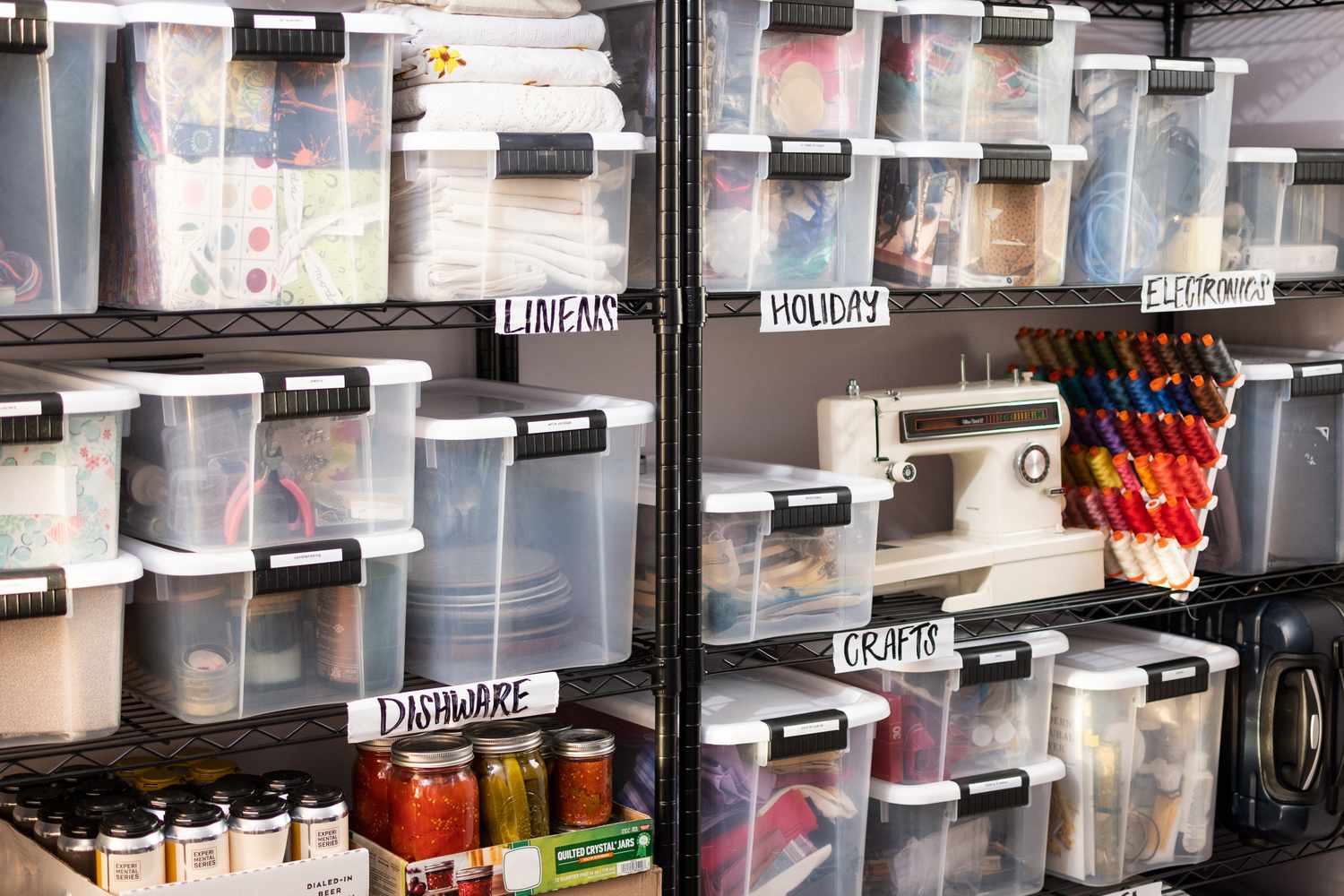

Closet & Wardrobe Organization
How To Organize A Basement
Published: March 2, 2024
Learn how to effectively organize your basement, including closet and wardrobe organization tips. Create a clutter-free space with our expert advice and practical solutions.
(Many of the links in this article redirect to a specific reviewed product. Your purchase of these products through affiliate links helps to generate commission for Storables.com, at no extra cost. Learn more)
Assessing the Space
Before diving into organizing your basement, it's crucial to assess the space to understand its layout, potential, and limitations. Here are some key steps to consider when assessing your basement:
-
Measure the Space: Take accurate measurements of the entire basement, including the ceiling height, to determine the available square footage and potential storage areas.
-
Identify Obstacles: Note any structural elements such as support columns, water heaters, or furnaces that may impact the layout and organization of the space.
-
Evaluate Moisture and Humidity Levels: Check for signs of moisture or humidity issues, as these can affect the type of storage and materials that can be used in the basement.
-
Assess Natural Light: Take note of any natural light sources and consider how they can be utilized to enhance the overall ambiance of the space.
By thoroughly assessing the space, you'll be better equipped to create an organized and functional basement that meets your specific needs.
Key Takeaways:
- Assess the space, declutter, and use smart storage solutions to create a functional basement. Consider natural light, ventilation, and durable flooring for a well-organized and inviting space.
- Create distinct zones, choose versatile furniture, and maintain regular upkeep to sustain a clutter-free and visually appealing basement. Adapt to changing needs and involve the whole family in organization.
Read more: How To Get Basement Smell Out Of Basement
Decluttering and Sorting
Decluttering and sorting are essential steps in organizing a basement. Here's how to tackle this crucial phase:
-
Set Clear Goals: Before diving into decluttering, establish clear goals for the space. Determine how you want to use the basement and what items are essential for that purpose.
-
Sort Items: Begin by sorting through all the items in the basement. Create separate piles for items to keep, donate, recycle, or discard. This process will help you prioritize and make decisions about what stays and what goes.
-
Utilize Storage Bins: Invest in sturdy storage bins to categorize and store items that you plan to keep. Clear, labeled bins make it easy to locate specific items and keep the space organized.
-
Donate or Discard Unwanted Items: Be ruthless when deciding what to part with. If you haven't used an item in over a year or it no longer serves a purpose, consider donating or discarding it to free up valuable space.
-
Create a Sorting System: Establish a sorting system based on the frequency of use and the type of items. Keep frequently used items easily accessible and reserve less frequently used items for deeper storage areas.
By decluttering and sorting your belongings, you'll create a solid foundation for an organized and functional basement.
Storage Solutions
When it comes to organizing a basement, effective storage solutions are key to maximizing space and maintaining order. Here are some practical storage solutions to consider:
-
Shelving Units: Install sturdy shelving units to take advantage of vertical space. Adjustable shelves are ideal for accommodating items of various sizes, while open shelves provide easy access to frequently used items.
-
Wall-Mounted Storage: Utilize wall-mounted storage systems such as pegboards, slat walls, or grid panels to keep tools, sports equipment, and other items off the floor and neatly organized.
-
Overhead Storage: Capitalize on overhead space by installing ceiling-mounted racks or platforms. These are perfect for storing seasonal items, bulky belongings, or containers that are not accessed frequently.
-
Cabinets and Lockers: Incorporate cabinets and lockers to conceal and organize items that you prefer to keep out of sight. Opt for lockable cabinets to secure hazardous materials or valuable possessions.
-
Modular Storage Systems: Invest in modular storage systems that can be customized to fit the specific layout of your basement. These versatile systems often include a combination of shelves, drawers, and cabinets to accommodate a variety of items.
-
Under-Stair Storage: If your basement has a staircase, consider utilizing the space underneath for built-in storage solutions such as drawers, cabinets, or open shelving.
By implementing a combination of these storage solutions, you can effectively manage clutter and create a well-organized basement that meets your storage needs.
Creating Zones
Creating distinct zones in your basement is essential for optimizing the functionality and purpose of the space. By delineating specific areas for different activities or storage needs, you can ensure that the basement serves multiple functions without feeling cluttered or disorganized. Here are some key considerations for creating zones in your basement:
-
Activity-Based Zones: Identify the primary activities that will take place in the basement, such as a home gym, entertainment area, workspace, or laundry zone. Designate separate areas for each activity to establish clear boundaries and facilitate efficient use of the space.
-
Storage Zones: Allocate dedicated zones for different types of storage, such as seasonal decorations, household supplies, tools, and recreational equipment. By organizing storage based on categories, you can easily locate items and maintain a clutter-free environment.
-
Flexible Multi-Use Areas: Incorporate flexible multi-use areas that can adapt to various needs. For example, a sectional sofa and a coffee table can define a cozy seating area for relaxation, but the furniture can be rearranged to accommodate social gatherings or movie nights.
-
Visual Separation: Use visual cues such as area rugs, room dividers, or different paint colors to visually separate distinct zones within the basement. This not only defines the purpose of each area but also adds visual interest to the space.
-
Functional Traffic Flow: Consider the flow of movement within the basement and ensure that the zones are arranged to facilitate functional traffic patterns. Avoid placing furniture or storage units in a way that obstructs natural pathways or creates congestion.
-
Integrated Design Elements: Incorporate cohesive design elements such as lighting, flooring, and decor to delineate each zone while maintaining a unified aesthetic throughout the basement.
By creating well-defined zones within your basement, you can effectively utilize the space for various activities and storage needs while promoting organization and visual appeal.
Lighting and Ventilation
Proper lighting and ventilation are crucial aspects of organizing a basement to ensure a comfortable and inviting environment. Here's how to address lighting and ventilation in your basement:
-
Natural Light: Maximize natural light by keeping windows unobstructed and using light-colored window treatments to allow sunlight to filter through. Consider installing window wells or egress windows to bring in more natural light and provide an emergency exit route if needed.
-
Artificial Lighting: Supplement natural light with strategically placed artificial lighting. Incorporate a combination of overhead lights, task lighting for specific areas such as workstations or reading nooks, and accent lighting to highlight architectural features or decor.
-
Lighting Fixtures: Choose lighting fixtures that complement the overall design of the basement while providing adequate illumination. Consider energy-efficient LED fixtures, pendant lights, track lighting, or recessed lighting to create a well-lit and visually appealing space.
-
Ventilation Systems: Ensure proper ventilation to prevent musty odors and maintain air quality in the basement. Install exhaust fans or a dehumidifier to control moisture levels and minimize the risk of mold and mildew.
-
Air Circulation: Promote air circulation by using portable fans or incorporating ceiling fans to keep the air moving. This helps distribute heat and cool air more effectively, creating a more comfortable atmosphere.
-
HVAC Considerations: If your basement is used as a living space, consider extending the existing HVAC system to include the basement. Proper heating and cooling are essential for year-round comfort and can help prevent temperature-related issues.
-
Lighting and Ventilation Placement: Strategically position lighting and ventilation elements to ensure even distribution throughout the space. Consider the layout of furniture and storage units to avoid obstructing light fixtures and air vents.
By addressing lighting and ventilation in your basement, you can create a well-lit, airy, and comfortable environment that enhances the overall organization and usability of the space.
Read more: How To Ventilate A Basement
Flooring and Wall Treatments
When organizing a basement, the choice of flooring and wall treatments plays a significant role in enhancing the overall aesthetics and functionality of the space. Here's how to approach flooring and wall treatments to create a well-organized basement:
Flooring Options
- Moisture-Resistant Materials: Due to the potential for moisture in basements, opt for moisture-resistant flooring materials such as vinyl, ceramic tile, or engineered wood. These materials are durable and less susceptible to water damage.
- Carpeting Considerations: If you prefer carpeting, choose moisture-resistant and low-pile carpet options. Consider using area rugs over hard flooring surfaces to add warmth and comfort without the risk of moisture retention.
- Subflooring Preparation: Prior to installing new flooring, ensure that the subfloor is properly prepared and leveled. Address any moisture issues and consider installing a vapor barrier to protect the new flooring from potential moisture seepage.
Wall Treatments
- Moisture-Resistant Paint: Use moisture-resistant paint for the walls to prevent moisture-related issues and mold growth. Consider using light, neutral colors to brighten the space and create a sense of openness.
- Washable Wall Coverings: Consider washable and durable wall coverings such as vinyl wallpaper or washable paint finishes. These options are easy to clean and maintain, making them ideal for basement environments.
- Paneling and Wainscoting: Incorporate decorative paneling or wainscoting to add visual interest to the walls while providing a protective and durable surface. These elements can also help conceal imperfections in the wall surfaces.
Integrated Design Approach
- Coordinated Flooring and Wall Treatments: Coordinate the flooring and wall treatments to create a cohesive and visually appealing design. Consider complementary color schemes and textures to tie the space together.
- Functional Considerations: Take into account the intended use of the basement when selecting flooring and wall treatments. For example, if the basement serves as a recreation area, choose flooring that can withstand high traffic and wall treatments that are easy to clean.
Read more: How To Soundproof A Basement
Safety and Comfort
- Radiator and Pipe Coverings: If your basement contains exposed radiators or pipes, consider installing coverings to enhance safety and visual appeal. These coverings can also serve as additional surfaces for decorative elements or storage.
- Area Rug Placement: Use area rugs strategically to define specific zones within the basement while adding warmth and comfort underfoot. Secure rugs in place to prevent slipping and tripping hazards.
By carefully selecting flooring and wall treatments that are both functional and visually appealing, you can enhance the overall organization and livability of your basement space.
Furniture and Layout
When it comes to organizing a basement, the choice of furniture and its layout significantly impacts the functionality and visual appeal of the space. Here's how to approach furniture selection and layout to create a well-organized basement:
Furniture Selection
- Multi-Functional Pieces: Opt for multi-functional furniture pieces that serve dual purposes, such as a sleeper sofa with built-in storage or a coffee table with hidden compartments. These pieces maximize space and provide additional storage options.
- Modular Furniture: Consider modular furniture that can be easily reconfigured to adapt to different activities or accommodate changing needs. Modular sectionals, shelving units, and storage cubes offer versatility and flexibility.
- Space-Saving Solutions: Choose furniture with a smaller footprint to optimize space in a compact basement. Look for slim-profiled pieces, nesting tables, and wall-mounted desks to make the most of limited square footage.
- Vertical Storage: Incorporate furniture with built-in vertical storage options, such as bookcases, wall-mounted cabinets, or ladder shelves. Utilizing vertical space helps free up floor space and keeps items organized and easily accessible.
Layout Considerations
- Traffic Flow: Arrange furniture to facilitate smooth traffic flow and create clear pathways within the basement. Avoid placing furniture in a way that obstructs natural movement or access to different zones.
- Zone Definition: Use furniture to define specific zones within the basement, such as a designated seating area, a home office space, or a gaming zone. Position furniture to visually delineate each zone while maintaining an open and cohesive layout.
- Flexible Arrangements: Arrange furniture in a way that allows for flexible use of the space. Consider using furniture on casters for easy mobility or incorporating folding tables and chairs that can be stowed away when not in use.
- Balance and Proportion: Maintain a sense of balance and proportion when arranging furniture. Avoid overcrowding the space with oversized pieces and aim for a harmonious arrangement that allows for comfortable movement and visual appeal.
Read more: How To Build A Basement
Integrated Design Elements
- Coordinated Aesthetics: Coordinate the design and style of the furniture to create a cohesive look throughout the basement. Consider complementary colors, textures, and materials to tie the furniture pieces together.
- Lighting Considerations: Position furniture to take advantage of natural light sources and artificial lighting fixtures. Ensure that seating areas are well-lit for reading or relaxation, and consider task lighting for workstations or activity-specific areas.
- Storage Integration: Choose furniture pieces that integrate storage solutions, such as ottomans with hidden compartments, media consoles with built-in shelving, or coffee tables with drawers. This helps keep the space organized and minimizes clutter.
By carefully selecting furniture and arranging it thoughtfully, you can create a well-organized and inviting basement that meets your specific needs and enhances the overall functionality of the space.
Maintaining the Organization
Maintaining the organization of your basement is essential to ensure that the space remains functional, clutter-free, and visually appealing over time. Here are some practical strategies to help you sustain the organization you've worked hard to achieve:
Regular Maintenance
-
Scheduled Cleanouts: Establish a regular schedule for decluttering and reorganizing the basement. Set aside time every few months to assess the space, purge unnecessary items, and reevaluate the organization system.
-
Seasonal Adjustments: Consider making seasonal adjustments to the organization of your basement. As storage needs change with the seasons, such as swapping out winter sports gear for summer recreational equipment, adapt the storage solutions accordingly.
Storage Maintenance
-
Labeling and Inventory: Maintain a system of labeling storage bins and containers to keep track of the items stored in the basement. Periodically review and update the inventory to ensure that everything is properly accounted for.
-
Rotating Stored Items: If you have items that are not used year-round, consider rotating them in and out of storage to prevent clutter from accumulating. For example, seasonal decorations or clothing can be rotated to ensure that only relevant items are taking up space.
Read more: How To Redo Basement
Preventative Measures
-
Moisture Control: Regularly inspect the basement for signs of moisture or humidity. Address any issues promptly to prevent potential damage to stored items and maintain a healthy environment.
-
Pest Prevention: Implement measures to prevent pests such as rodents or insects from infiltrating the basement. Seal entry points, use pest deterrents, and keep food items stored in airtight containers to minimize the risk of infestations.
Behavioral Habits
-
Family Involvement: Encourage all household members to respect the organization of the basement. Establish guidelines for returning items to their designated storage areas and discourage the accumulation of unnecessary belongings.
-
Mindful Consumption: Foster a mindset of mindful consumption within the household. Encourage thoughtful purchasing decisions and regular assessments of items to prevent unnecessary accumulation of belongings.
Ongoing Evaluation
-
Feedback and Adjustments: Solicit feedback from family members or regular users of the basement to identify any organizational challenges or areas for improvement. Use this feedback to make adjustments to the organization system as needed.
-
Adapt to Changing Needs: As the needs of your household evolve, be prepared to adapt the organization of the basement accordingly. Whether it's repurposing zones or updating storage solutions, flexibility is key to maintaining an organized space.
By implementing these maintenance strategies and fostering a proactive approach to organization, you can ensure that your basement remains a well-organized and functional part of your home for years to come.
Frequently Asked Questions about How To Organize A Basement
Was this page helpful?
At Storables.com, we guarantee accurate and reliable information. Our content, validated by Expert Board Contributors, is crafted following stringent Editorial Policies. We're committed to providing you with well-researched, expert-backed insights for all your informational needs.
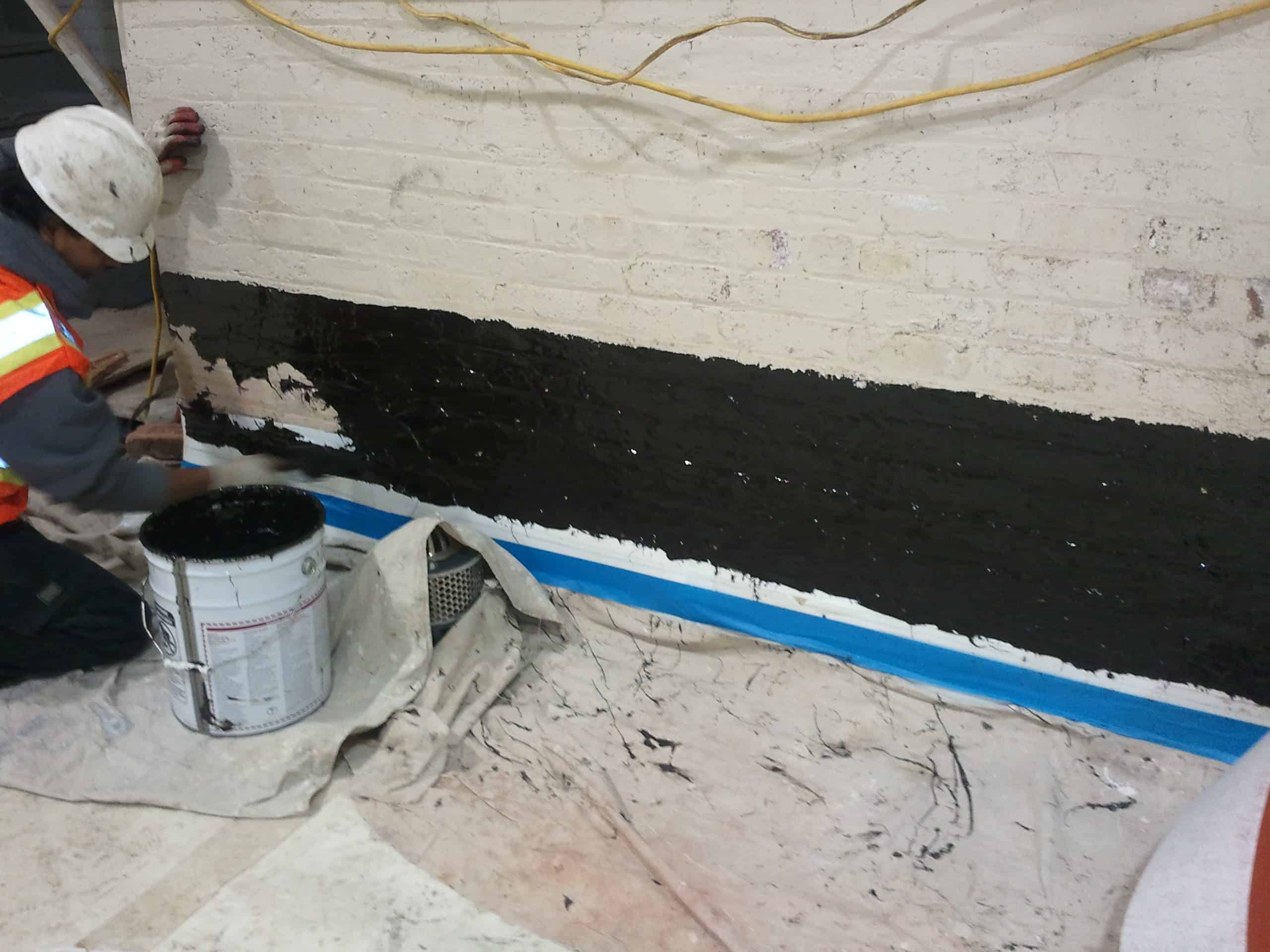
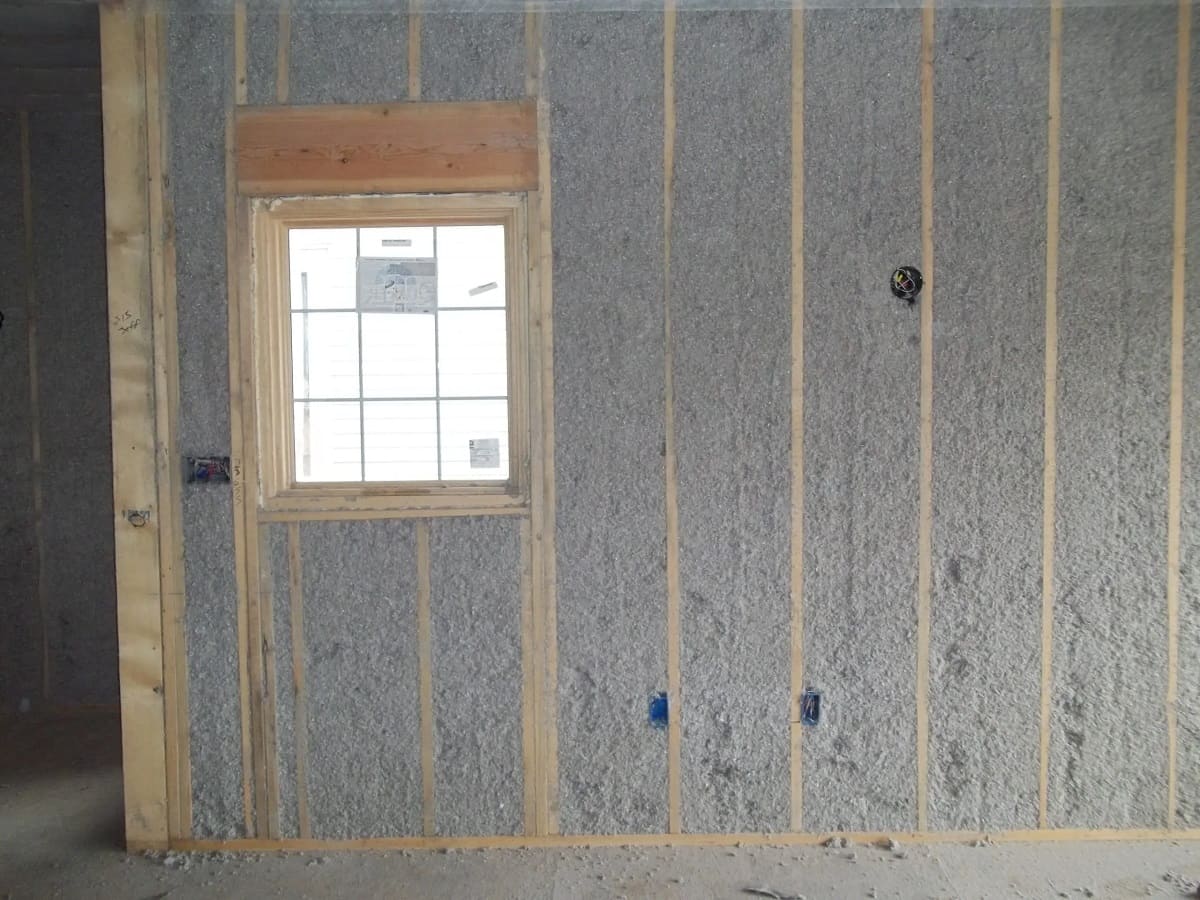
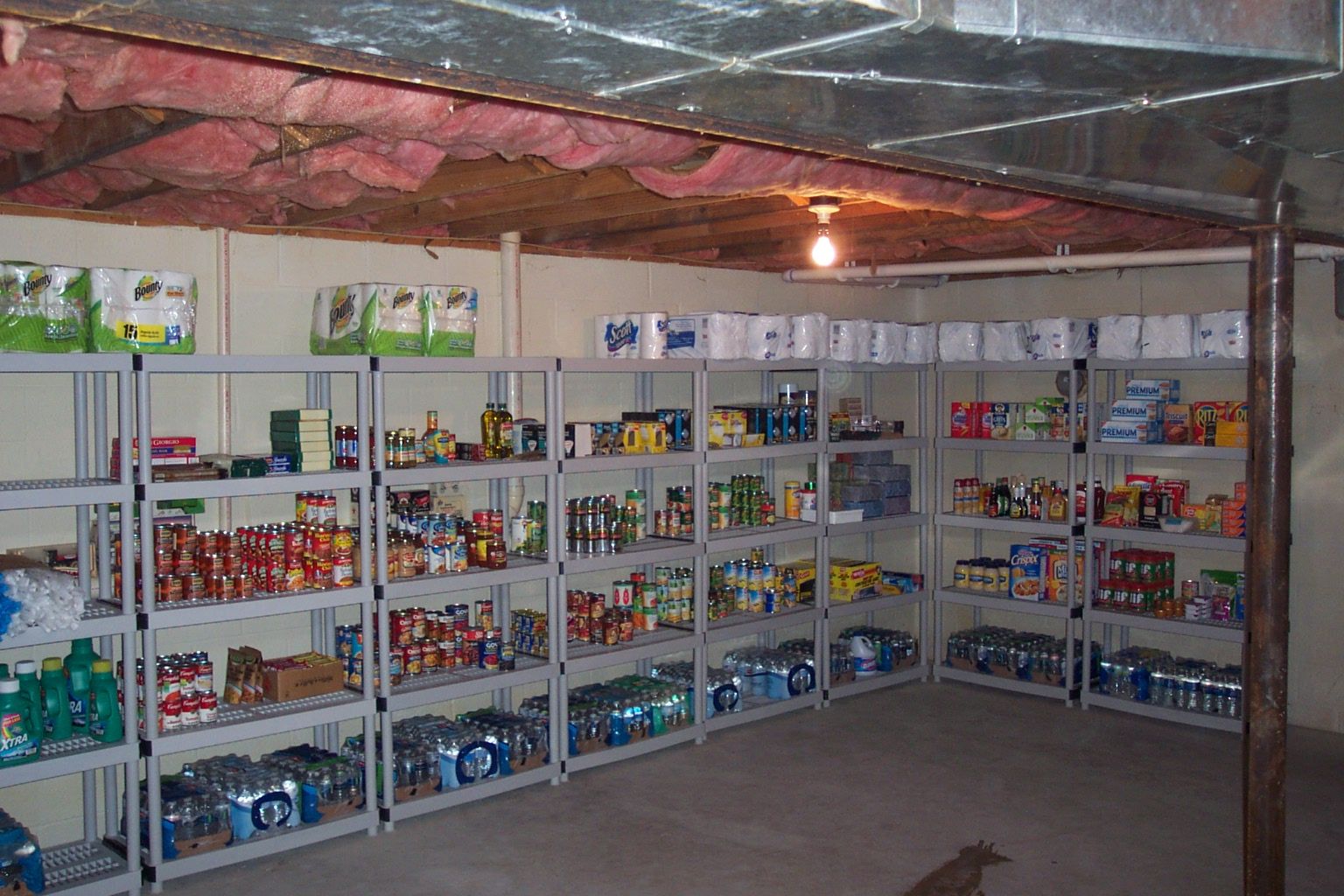
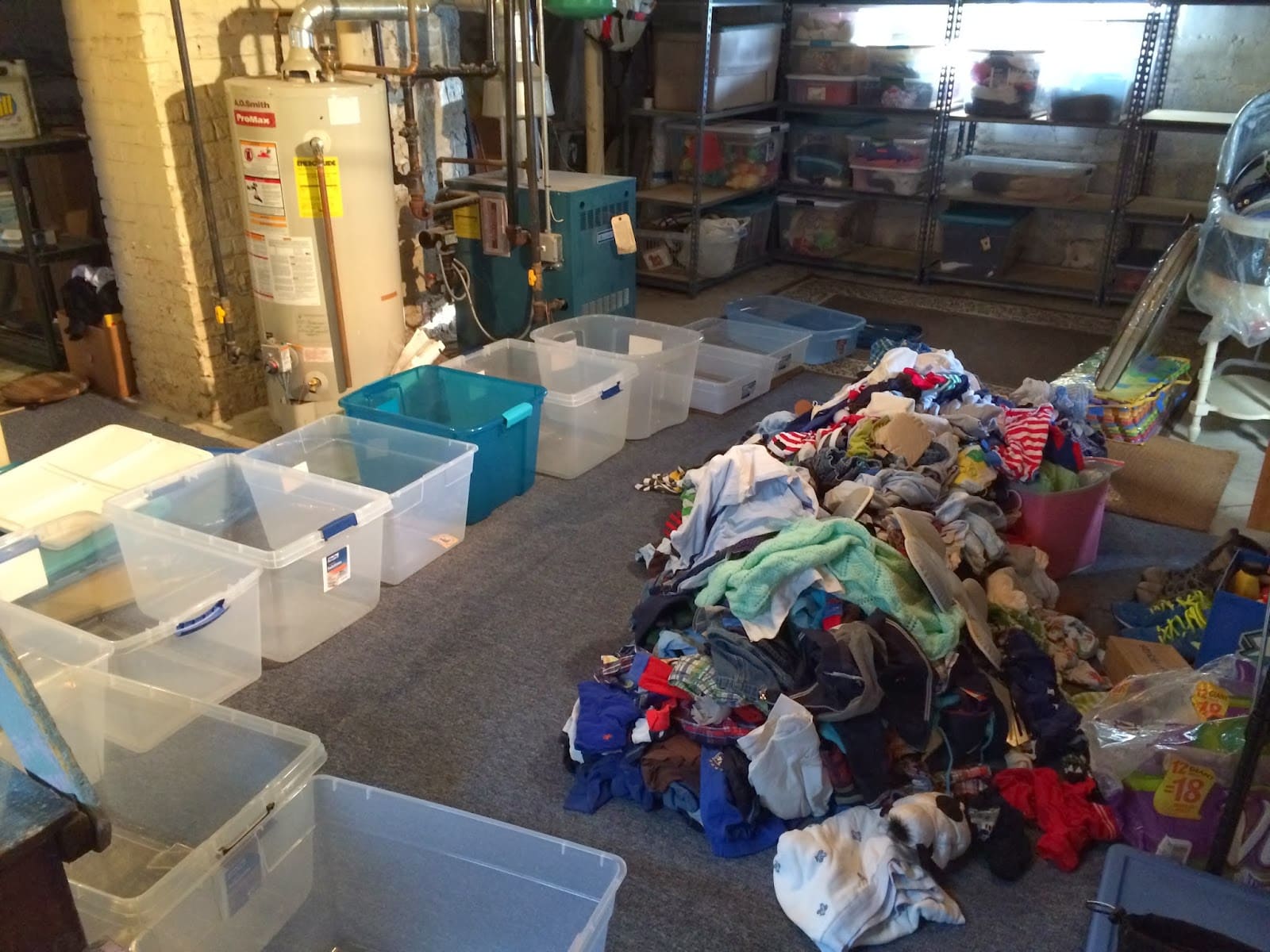

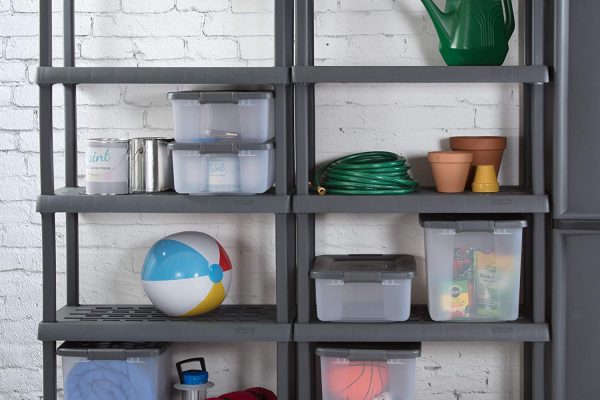
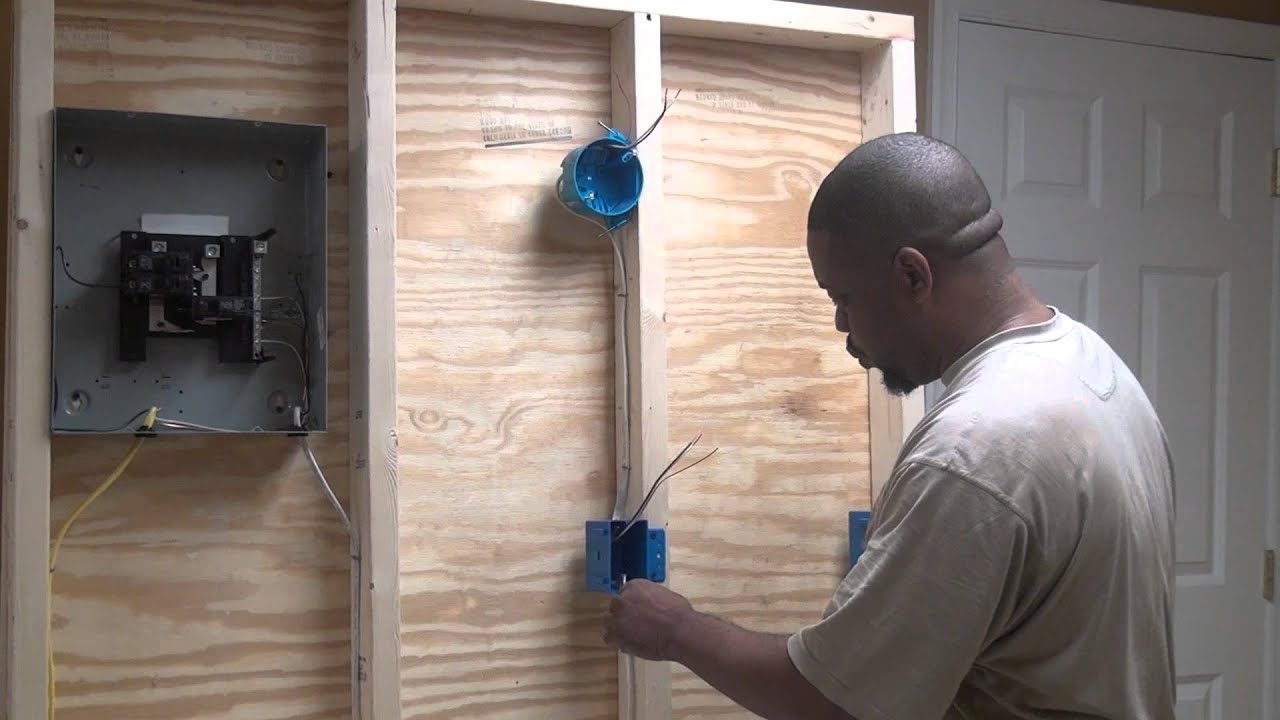
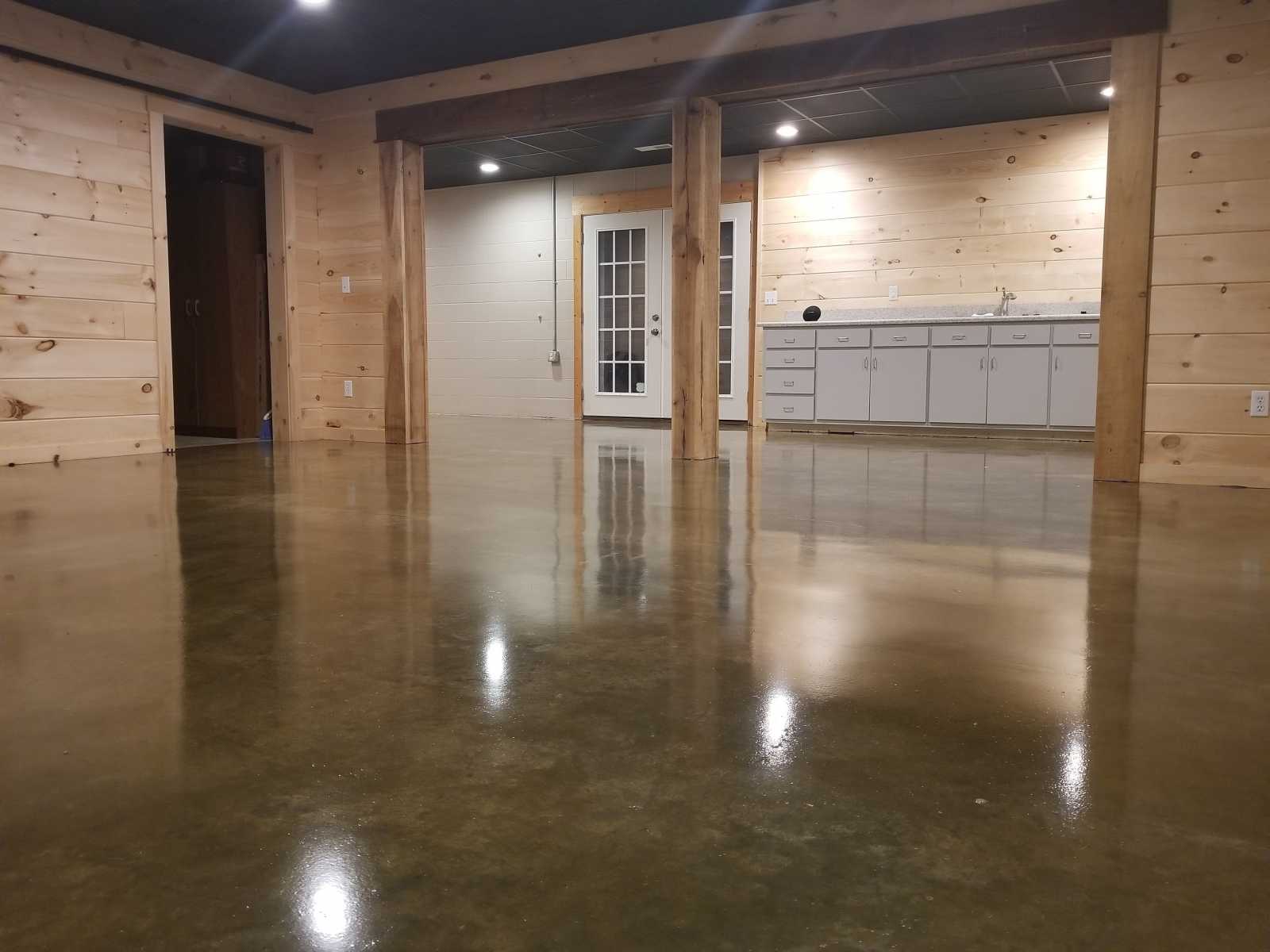
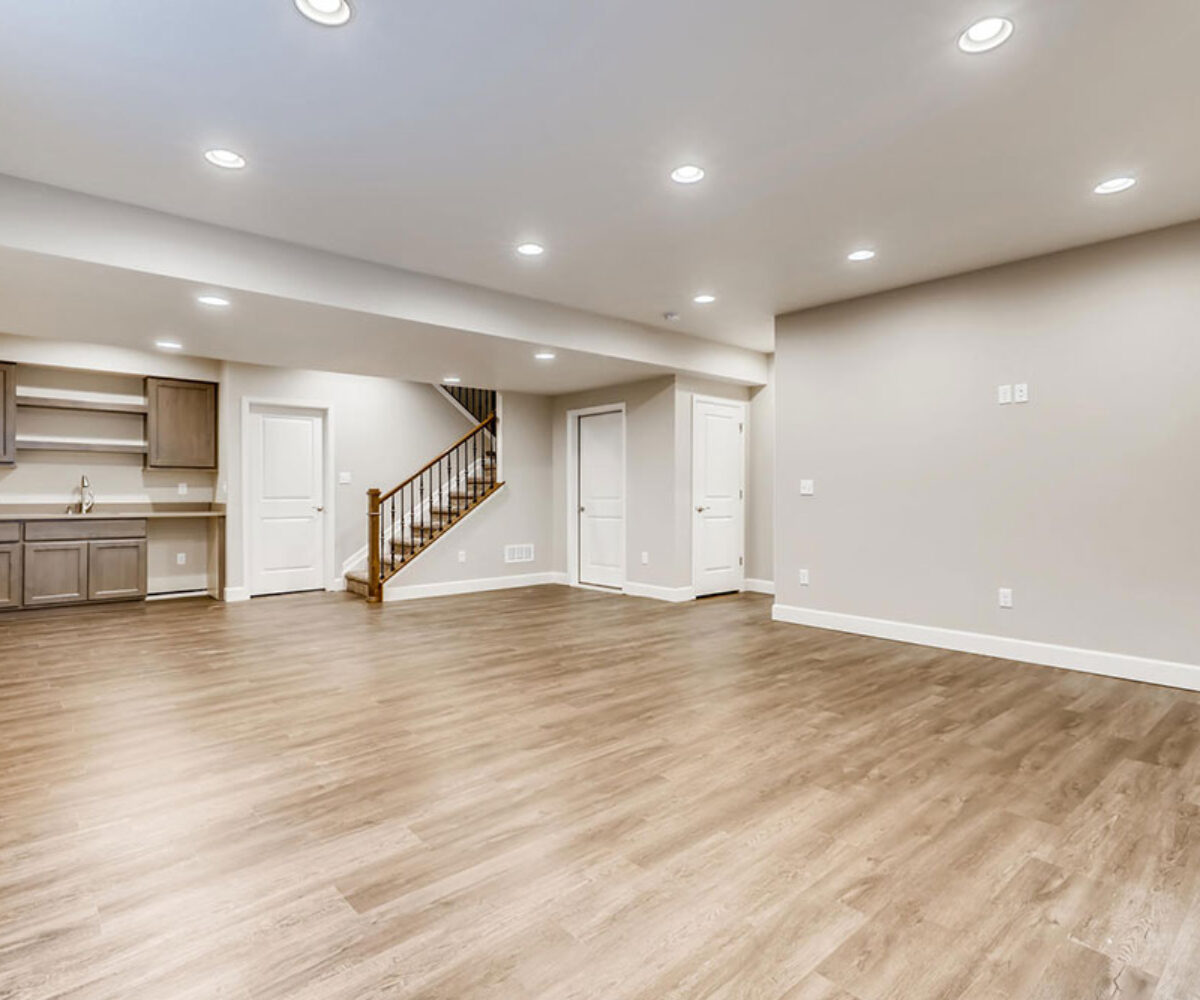
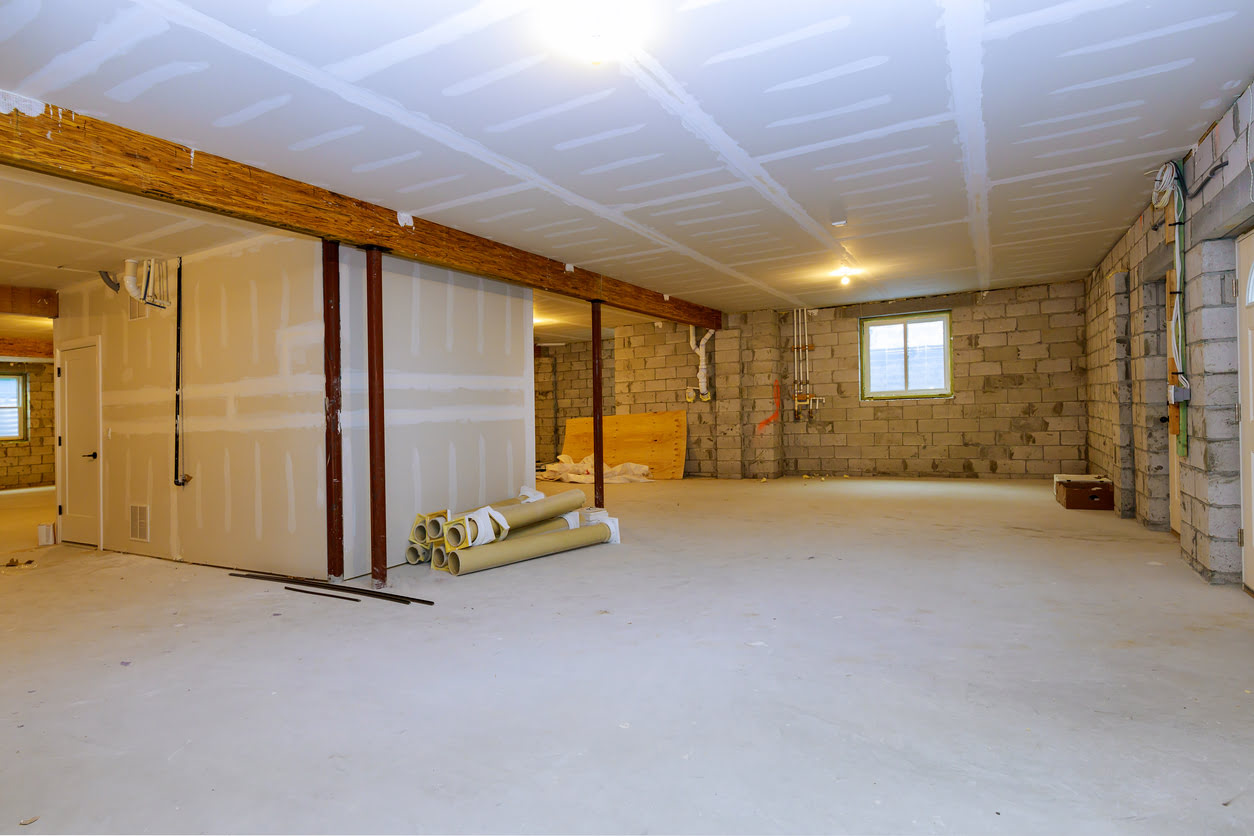
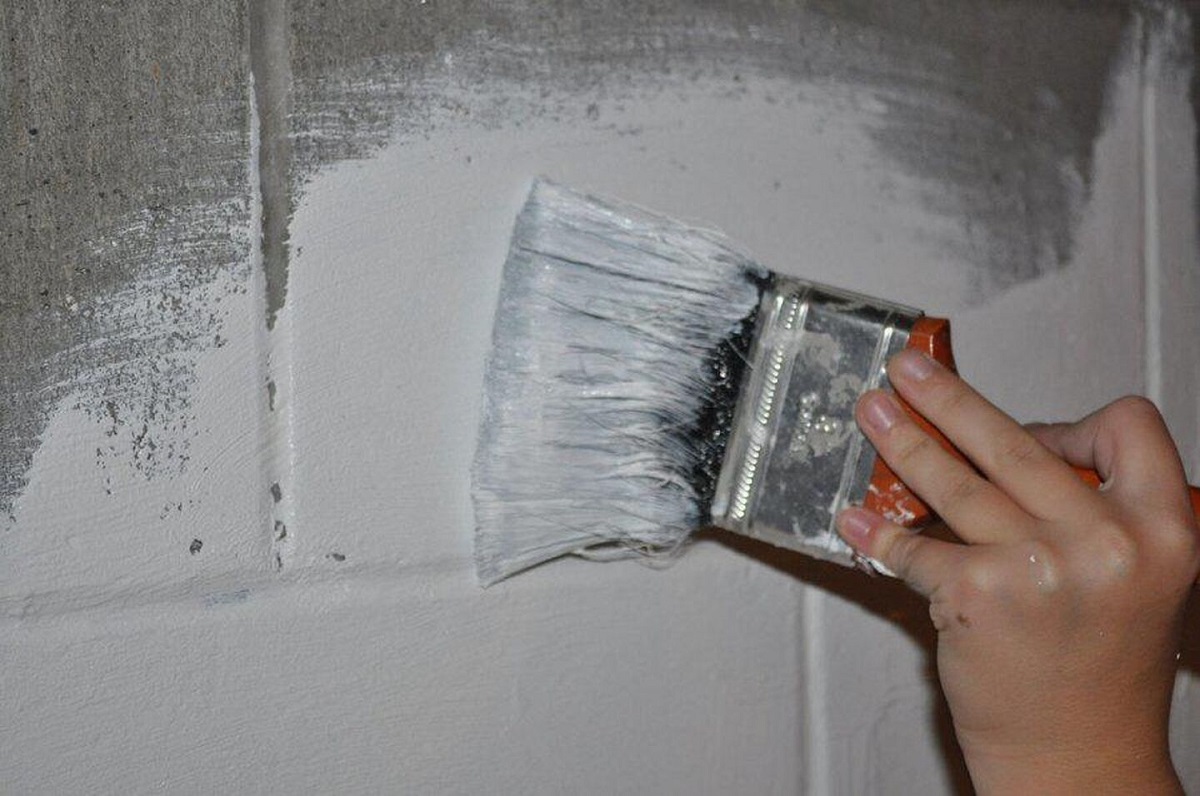

0 thoughts on “How To Organize A Basement”